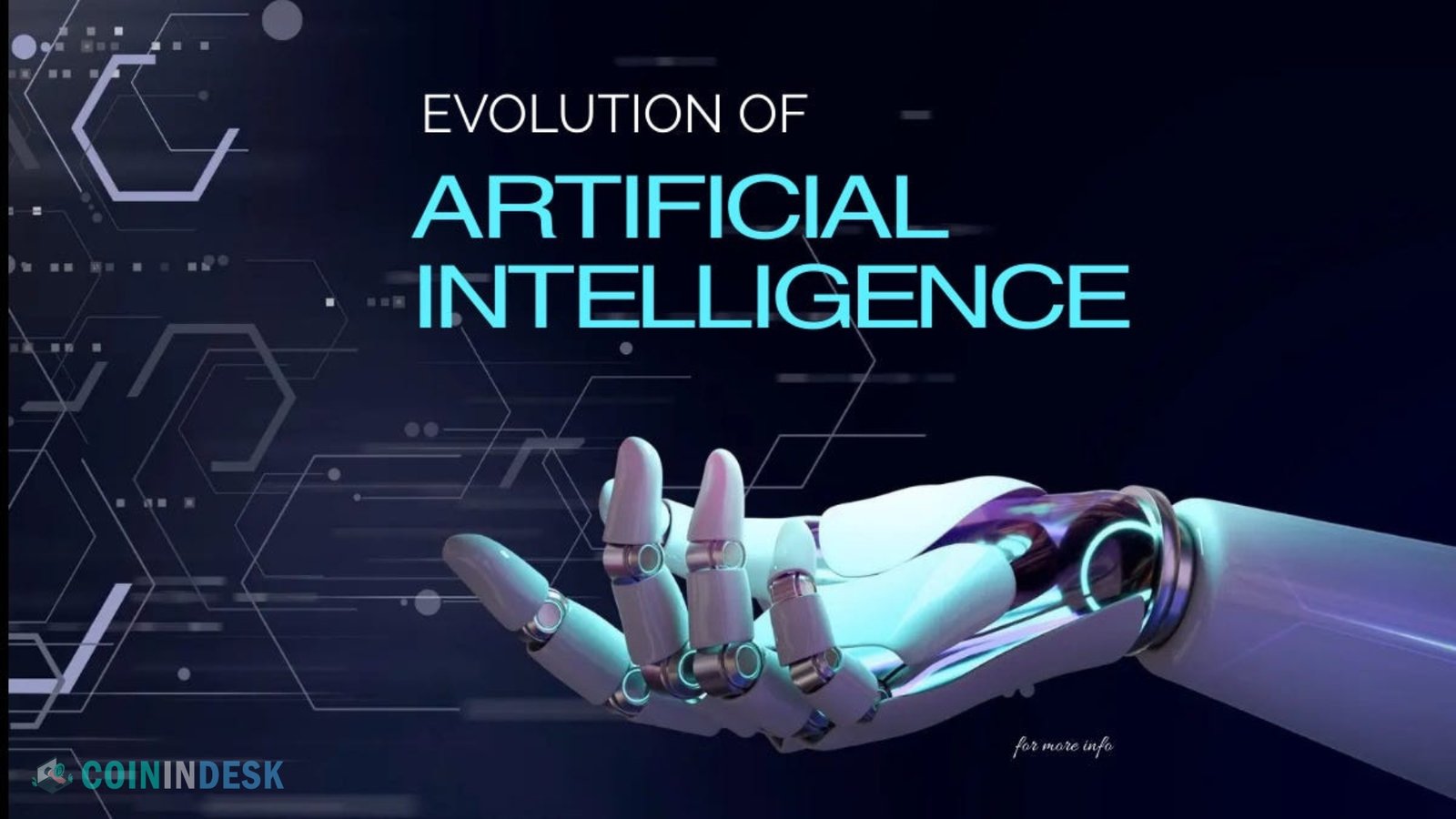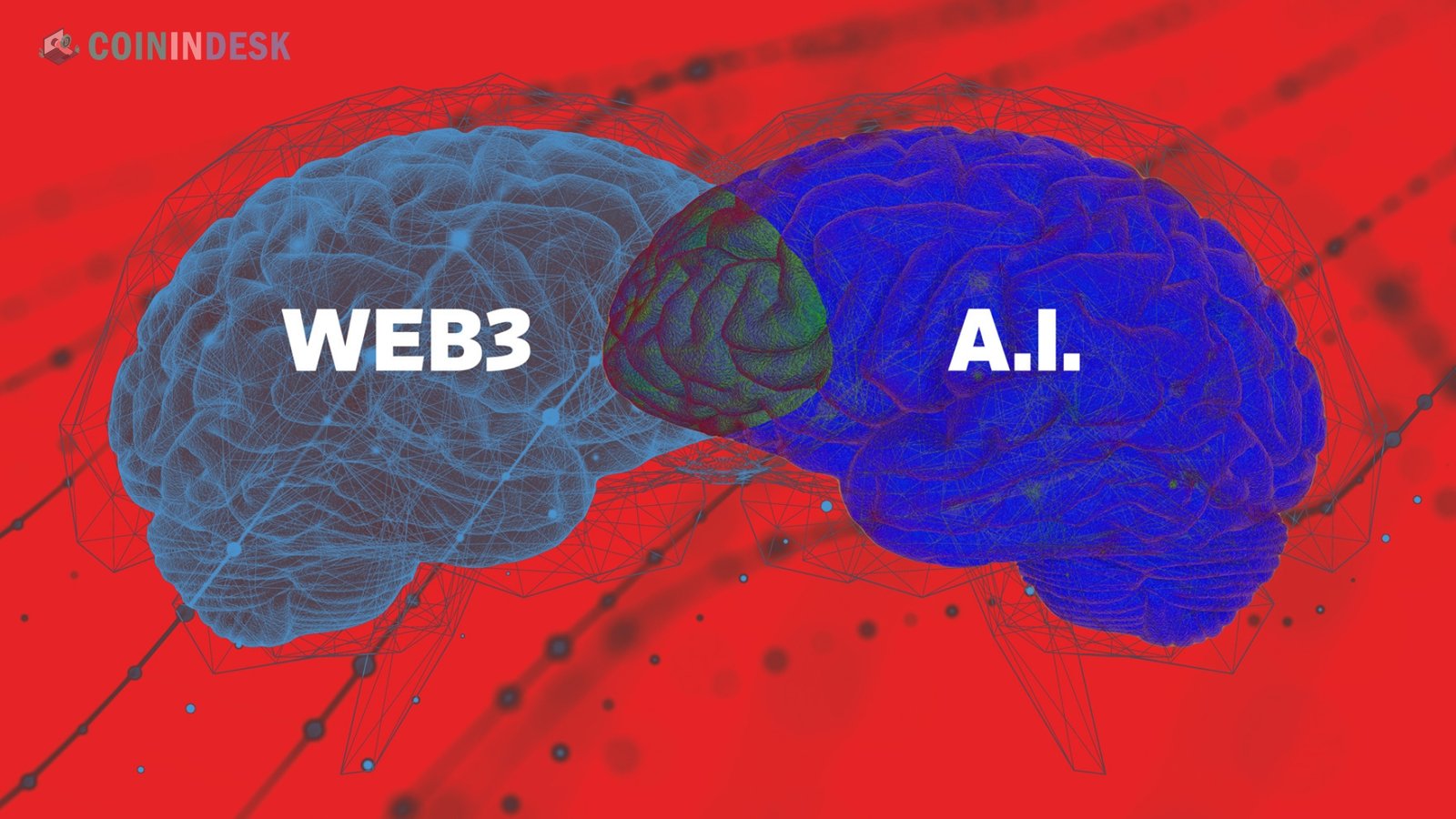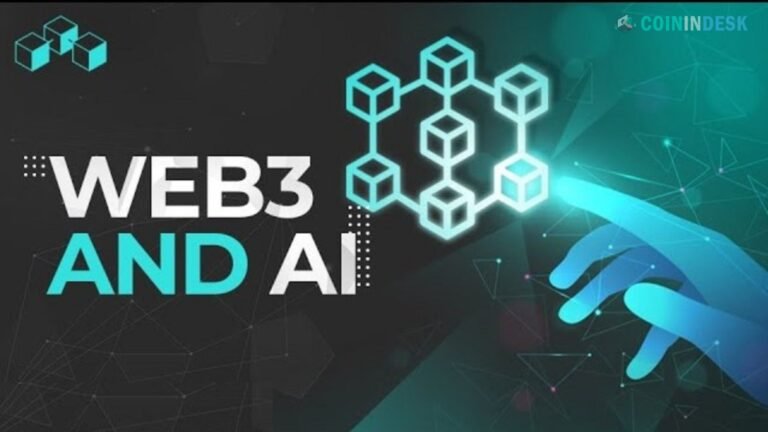Two new technologies, Web3 and AI, have captured the interest of people worldwide in recent years. These developments might drastically alter industries, communities, and economies worldwide. However, where these two paths converge is where change can occur. At the intersection of Web3 and AI, a new frontier, new possibilities for decentralization, improved privacy, and smart automation are opening up. This article delves into this formidable combo’s most recent advancements, possible uses, and future prospects.
The Rise of Web3
Web3, short for “the decentralized web,” is an idea about how the internet will evolve. In contrast to the present Web2, which is dominated by centralized companies such as Google, Facebook, and Amazon, Web3 aims to return control and power to consumers. Decentralized applications (dApps) built on Web3’s blockchain technology eliminate intermediaries and give users complete control over their data and digital assets.
Web3 relies on decentralized finance (DeFi) protocols, eliminating intermediaries and facilitating direct user transactions. Also, new possibilities for producers and collectors have arisen with the emergence of non-fungible tokens (NFTs) to express blockchain-based digital asset ownership. With Web3’s decentralized architecture, people will have a more significant say over their data, which should increase privacy and security.
The Evolution of AI
Thanks to its tremendous advancements, artificial intelligence (AI) has gone from being a science fiction concept to an everyday reality within the last several decades. AI is an umbrella term encompassing various technologies that allow computers to mimic human intelligence in various contexts. These include computer vision, natural language processing, and machine learning.
As a result of developments in artificial intelligence, more complex algorithms, able to analyze massive amounts of data and make nuanced decisions, have recently emerged. Many sectors are already using AI to streamline operations, automate routine tasks, and create more customized user experiences; these include healthcare, banking, the entertainment industry, and even education.
The emergence of generative models like OpenAI’s GPT-3 and others is one of the most fascinating trends in artificial intelligence. These models raise the bar for machine intelligence since they can mimic human language, draw realistic pictures, and even compose music. There is a growing consensus that artificial intelligence will significantly impact the direction that technology and society take in the years to come.
The Intersection of Web3 and AI
The intersection of Web3 and AI has ushered in a new way of thinking about technology and its possible global influence. Data privacy, security, and the consolidation of power into the hands of a handful of megacorporations are among the most critical concerns of the modern digital era. When these technologies work together, they can tackle these issues head-on.
Data ownership and privacy are areas where Web3 and AI show the most promise. The present Web2 architecture raises concerns about privacy and abuse because data is frequently gathered and managed by centralized entities. Thanks to Web3’s decentralized design, people retain ownership and control over their data, while AI securely analyzes and derives insights from this data without compromising privacy.
To guarantee transparent and verifiable data processing, new decentralized AI platforms are forming, for instance, by utilizing blockchain technology. Users can securely share data with AI models on these platforms without giving up control, guaranteeing their privacy. Because of the delicate nature of patient information, this is of the utmost importance in healthcare and other similarly sensitive fields.
Decentralized autonomous organizations (DAOs) are another domain where Web3 and AI meet—smart contracts on the blockchain control decentralized autonomous organizations (DAOs). Instead of a central authority, the community makes decisions for the DAO. Automated decision-making, optimal resource allocation, and trend prediction are all possible with AI integrated into DAOs. With Web3 and AI working together, businesses might be more open, accessible, and efficient.
Real-World Applications
The integration of Web3 and AI is already taking shape in various industries, offering innovative solutions to long-standing challenges.
Finance
In the financial sector, decentralized AI-powered trading algorithms are being developed to operate autonomously on blockchain networks. These algorithms can analyze market data in real time, making trades based on predefined criteria without human intervention. This has the potential to create more efficient and profitable trading strategies while also reducing the risk of human error.
Healthcare
AI-driven diagnostics and treatment recommendations can be combined with decentralized data storage to ensure patient data remains secure and private. For example, a decentralized AI system could analyze medical images to detect early signs of disease, with the results being stored on a blockchain to ensure data integrity and patient confidentiality.
Supply Chain
In supply chain management, AI can optimize logistics and predict demand, while blockchain technology ensures the transparency and traceability of goods. This combination can lead to more efficient and sustainable supply chains, with reduced waste and improved accountability.
Content Creation
The creative industries are also seeing the benefits of Web3 and AI, with decentralized platforms allowing artists to create, distribute, and monetize their work in new ways. AI-generated art, music, and literature can be tokenized as NFTs, allowing creators to retain ownership and control over their creations. This can disrupt traditional content distribution models, empowering creators and giving them more control over their work.
Challenges and Future Prospects
At the intersection of Web3 and AI, there are many obstacles to overcome, but the possibilities are enormous. One of the most significant obstacles is scalability. Both blockchain technology and AI require a lot of processing power, and it’s not easy to combine the two. Coordination of large-scale AI projects—which sometimes necessitate centralized data processing—can also be a challenge on the decentralized Web3.
The regulatory climate is another obstacle. As with any new technology, transparent and uniform laws must guarantee the responsible use of Web3 and AI. Concerns about data privacy and security and the possibility of unforeseen outcomes from AI-driven decision-making must also be addressed.
Despite all these obstacles, Web3 and AI still have a bright future ahead of them. As they develop further, new and exciting uses for these technologies that were previously unthinkable will emerge. The combination of Web3’s decentralized nature and AI’s intelligence could make a more fair, transparent, and efficient digital economy possible.
Conclusion
New possibilities for improving our daily lives, our place of employment, and our interactions with the environment may arise due to the convergence of Web3 with AI. In the future, technology will serve the needs of all people, not just a select few, thanks to a combination of the user-centric, decentralized principles of Web3 and the fantastic powers of AI. There may be obstacles to jump over, but the potential for growth and improvement is enormous. We must keep investigating the potential of this potent combo in the future so that everyone can reap the benefits.


